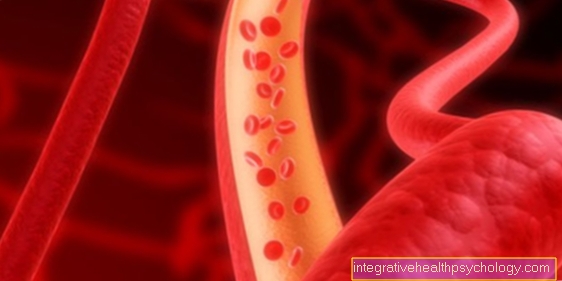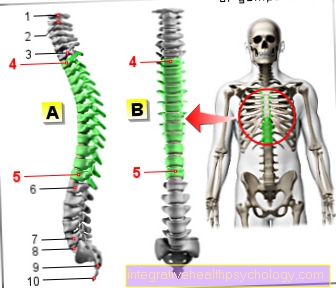Biliopancreatic Diversion
Synonyms in the broader sense
Stomach reduction, gastroplastics, sleeve stomach, Roux En Y bypass, small intestine bypass, biliopancreatic version according to SCOPINARO, billiopancreatic diversion with duodenal switch, gastric balloon, gastric pacemaker
Biliopancreatic diversion according to Scopinaro

The principle of biliopancreatic diversion is similar to that of Roux en Y bypass. It was developed by the Italian Nicola Scopinaro in 1976. This method is also very demanding and requires an experienced surgeon.
Procedure
This technique is also much more invasive and complex than gastroplasty or gastric banding. However, the weight loss is also very great. In biliopancreatic diversion, the stomach is made smaller and the lower part is removed. The stomach retains a residual volume of 200-250 ml.
The new gastric outlet is sutured with a loop of the small intestine. A large piece of intestine is left out to give the body less opportunity to absorb fats and carbohydrates from food. Since the body still needs its digestive juices for digestion, another loop of the small intestine must be moved. This connects the upper small intestine (lower part of the duodenum), which the juices enter, with the part from the stomach. So digestive juices and food have a common route (Common Channel) of approx. 50cm. This method helps double in weight loss.
The biliopancreatic diversion ensures an earlier feeling of satiety due to the smaller stomach and less food is consumed due to the shortened route through the small intestine. The problem with biliopancreatic diversion is that the forestomach does not have a sphincter muscle. This normally regulates how quickly the food leaves the stomach. Without it, so-called Dumping syndrome. Sugar leaves the stomach too quickly and the body cannot regulate it quickly enough. This leads to nausea and sweats. Even after this surgery, one must supplement vitamins and other nutrients for the rest of one's life.
Billiopancreatic diversion with duodenal switch
The biliopancreatic diversion with duodenal switch is based on the biliopancreatic diversion. The effects on weight loss are not quite as great, but the disadvantages such as the dumping syndrome described above are eliminated.
With this technique of biliopancreatic diversion, a smaller sleeve stomach is formed, whereby the sphincter muscle at the stomach outlet is retained. This sleeve stomach has a volume of approx. 80-120 ml. The sleeve stomach is sewn back onto a loop of the small intestine.
The upper part of the duodenum is closed and the lower part is sewn to the lower part of the small intestine so that the digestive juices can still get to the food. The common route of food and juices (Come Channel) is about 100 cm here. As with the other methods mentioned, vitamins and other nutrients must be supplemented after this operation.





























